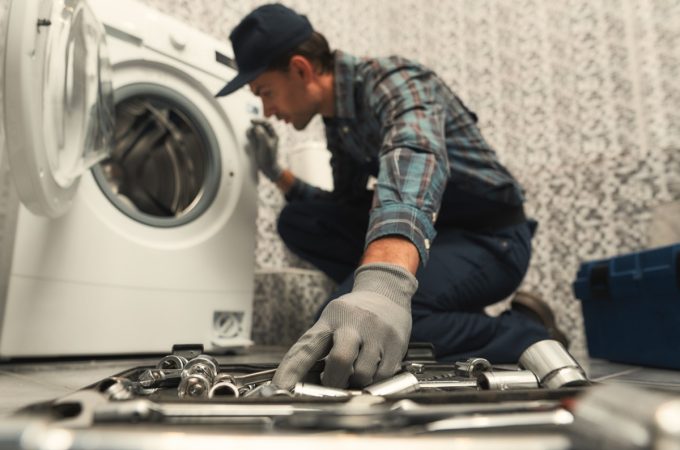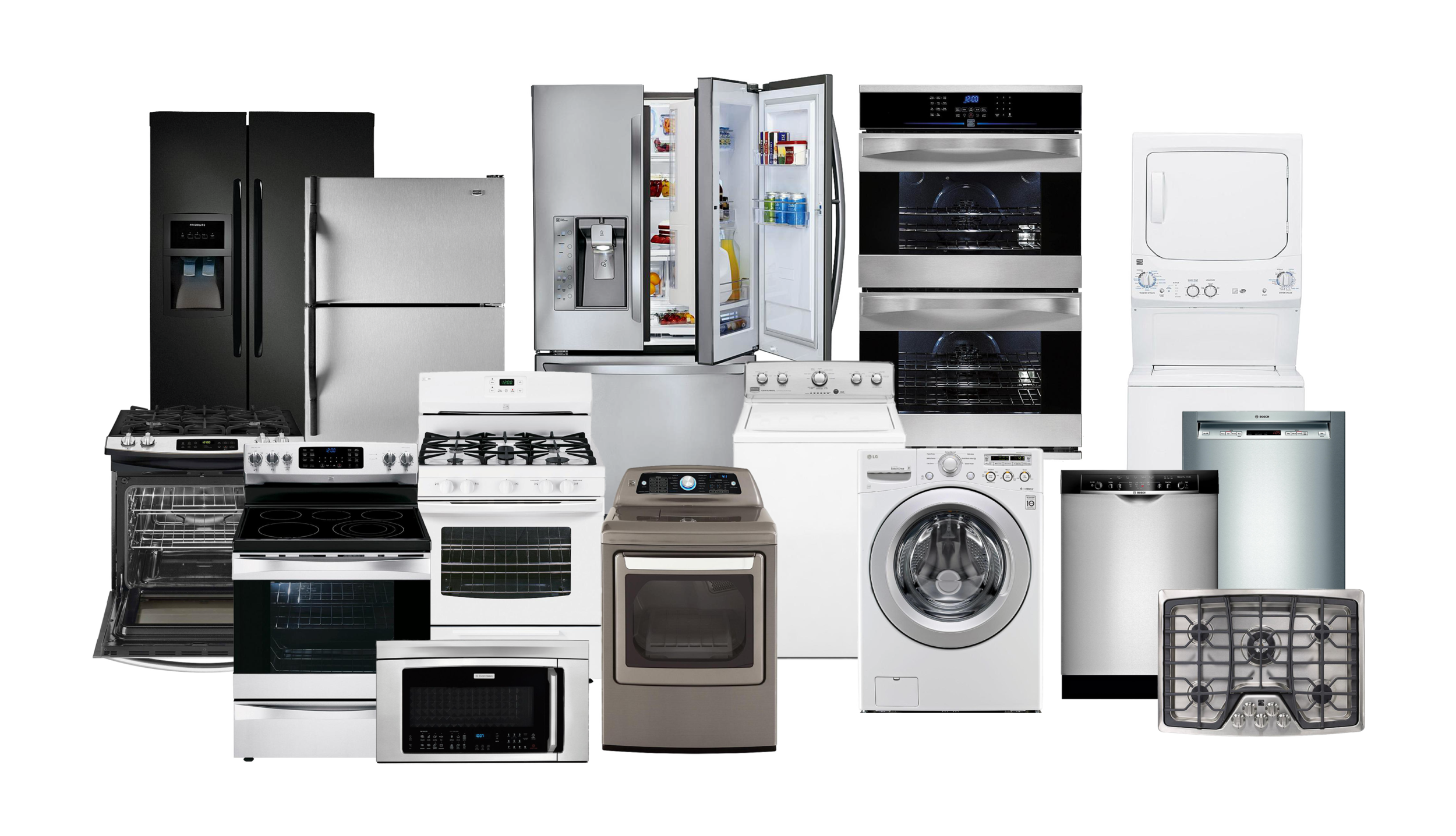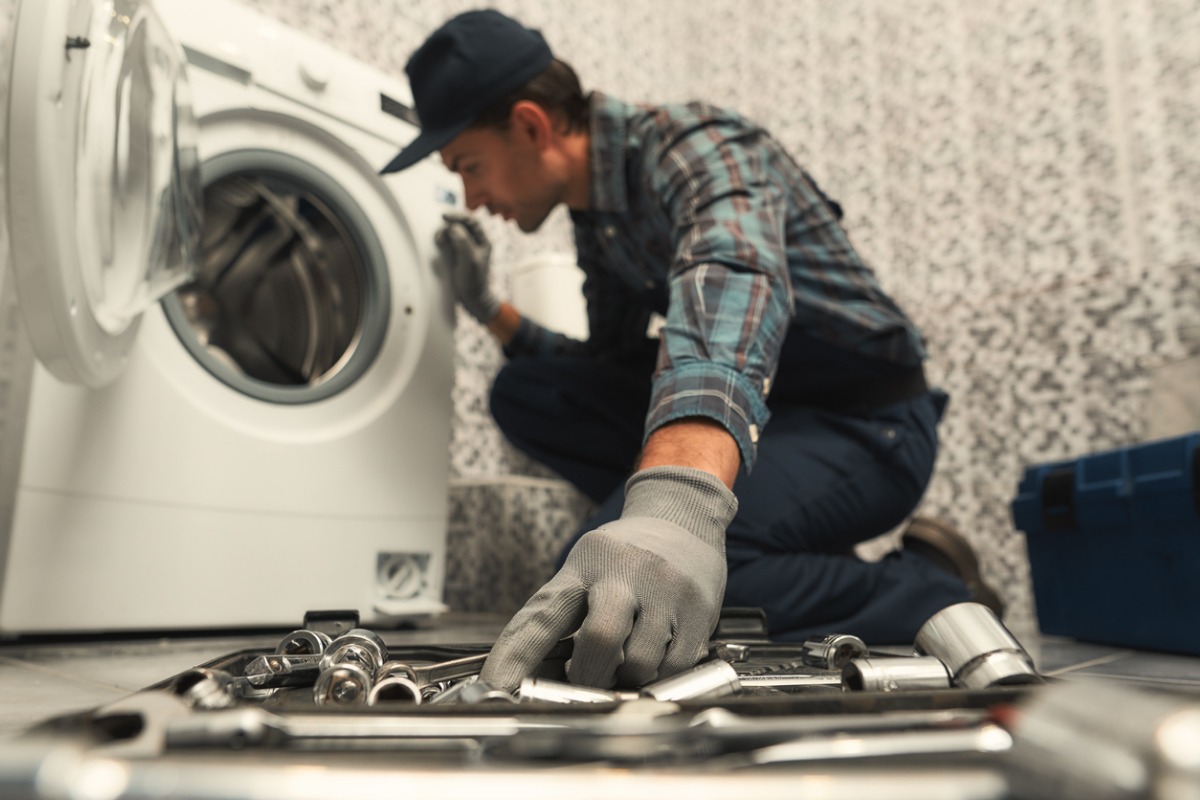Try these Pellet smokers are popular among home cooks because they’re easy to use, and they have a unique flavor profile that appeals to many people. They also give you the ability to cook foods quickly – in less than 20 minutes.
Most pellet grills come with two different types of cooking modes: direct heat and indirect heat. Direct heat is when the pellets themselves are used as fuel for cooking food. Indirect heat uses a separate cooking surface instead of the pellets directly burning the food.
While traditional charcoal briquettes may be better at giving off smoke flavor, pellets give off their own unique flavors. In addition, there’s no ash to clean up after using a pellet grill. That means you can save money on cleaning supplies and can enjoy your backyard barbecue more often.
Here we’ll show you what you need to know about pellet grills so you can decide which one would work best for you.
What are pellet grills made out of?
The first thing to know about pellet grills is that these things are made out of metal. Some models have stainless steel bodies, while others have aluminum bodies. Stainless steel is known for its durability and longevity, whereas aluminum is lighter and cheaper. Because of this, most pellet grill manufacturers opt for either type of material.
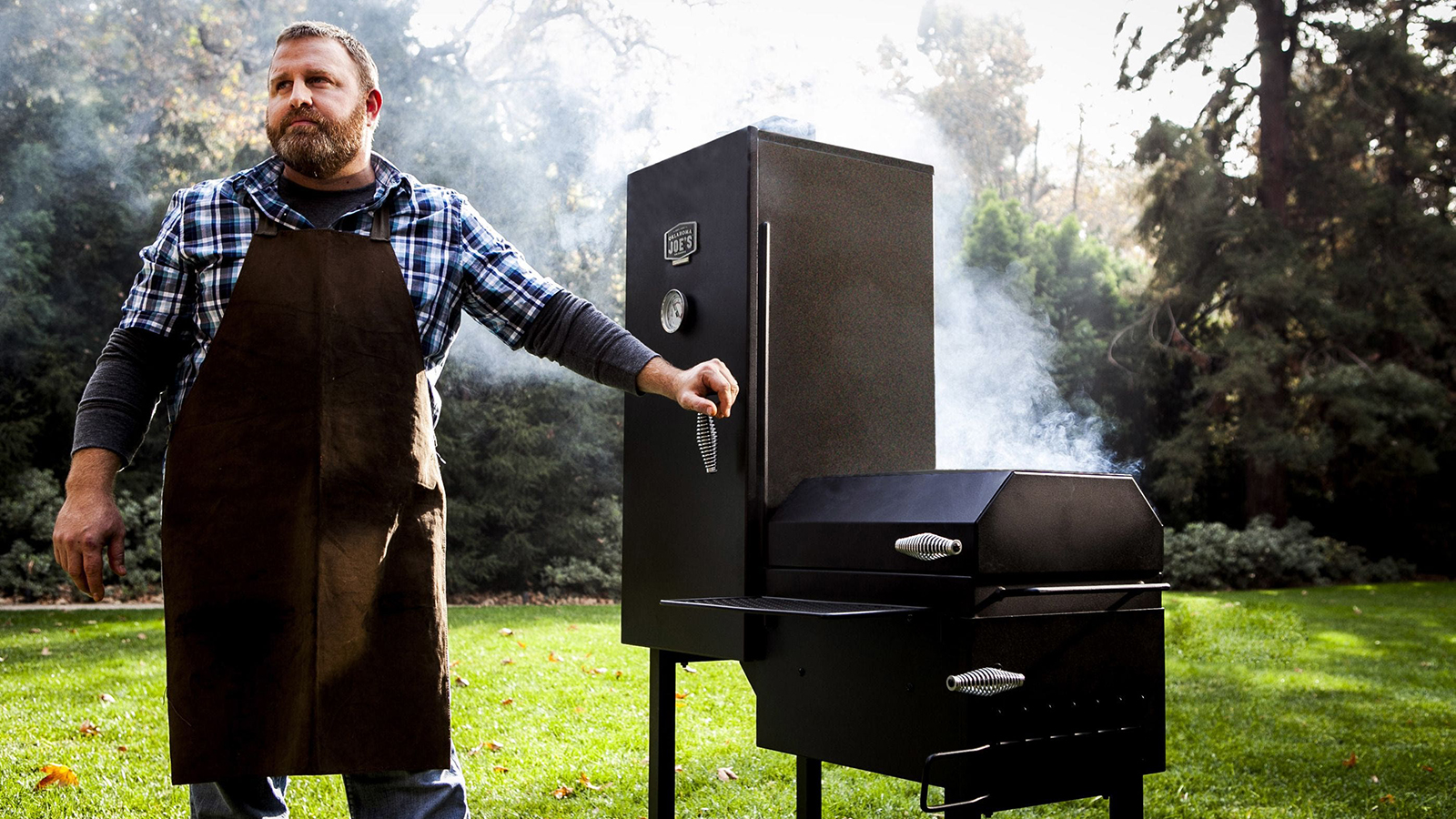
On top of that, the grates are built from cast iron or heavy gauge steel. Cast iron grates are very affordable, but don’t let that fool you into thinking they won’t hold up to high temperatures. Heavy gauge steel grates tend to be more expensive, but they are able to handle higher temperatures without breaking down.
To get a good idea of how much weight you’d need to put on a pellet grill, keep reading below.
Weight of a pellet grill
A basic 4.5 cubic foot pellet grill weighs between 150 and 275 pounds. A larger 5 cubic foot pellet grill weighs between 200 and 300 pounds; while a 6 cubic foot pellet grill weighs between 225 and 325 pounds.
Fuel
There are three major types of pellets used for pellet grilling: hardwood, hickory and mesquite. Each makes a distinctive smell and taste, but all three are considered “smokeless.”
Hickory pellets are said to give off stronger smokiness. Mesquite pellets are milder and more flavorful, and are typically used by commercial bakers who bake breads, cakes and pies. Hardwood pellets are the strongest, giving off the most intense smoke flavor.
You can find all three varieties of pellets at most grocery stores. For the most part, each type of wood pellet contains roughly the same amount of calories, meaning that the calories count doesn’t change based on the kind of wood you choose.
Grate
Unlike gas grills, pellet grills don’t have burners; instead, they require you to place food on the grate itself. This is where the name “grill” comes from.
This design allows the pellets to get extremely hot, which creates a lot of smoke. Most grates are constructed from porcelain coated steel, which helps make them durable. You can order extra grates at some stores, or just buy a set of grates from a company like Weber Pellets.
Cooking area
Pellet grills vary in size. The typical 4.5 cubic foot model can fit four to five racks at once, which gives you enough room to cook up to 10 burgers at once. 5 cubic foot models can handle six to seven racks at once, while 6 cubic foot models can accommodate eight to nine racks.
When choosing a pellet grill, always pick something slightly bigger than the number of racks you think you’ll need. Pellet grills tend to be fairly heavy, and having too few racks to cook on can cause them to topple over, especially during outdoor barbecues.
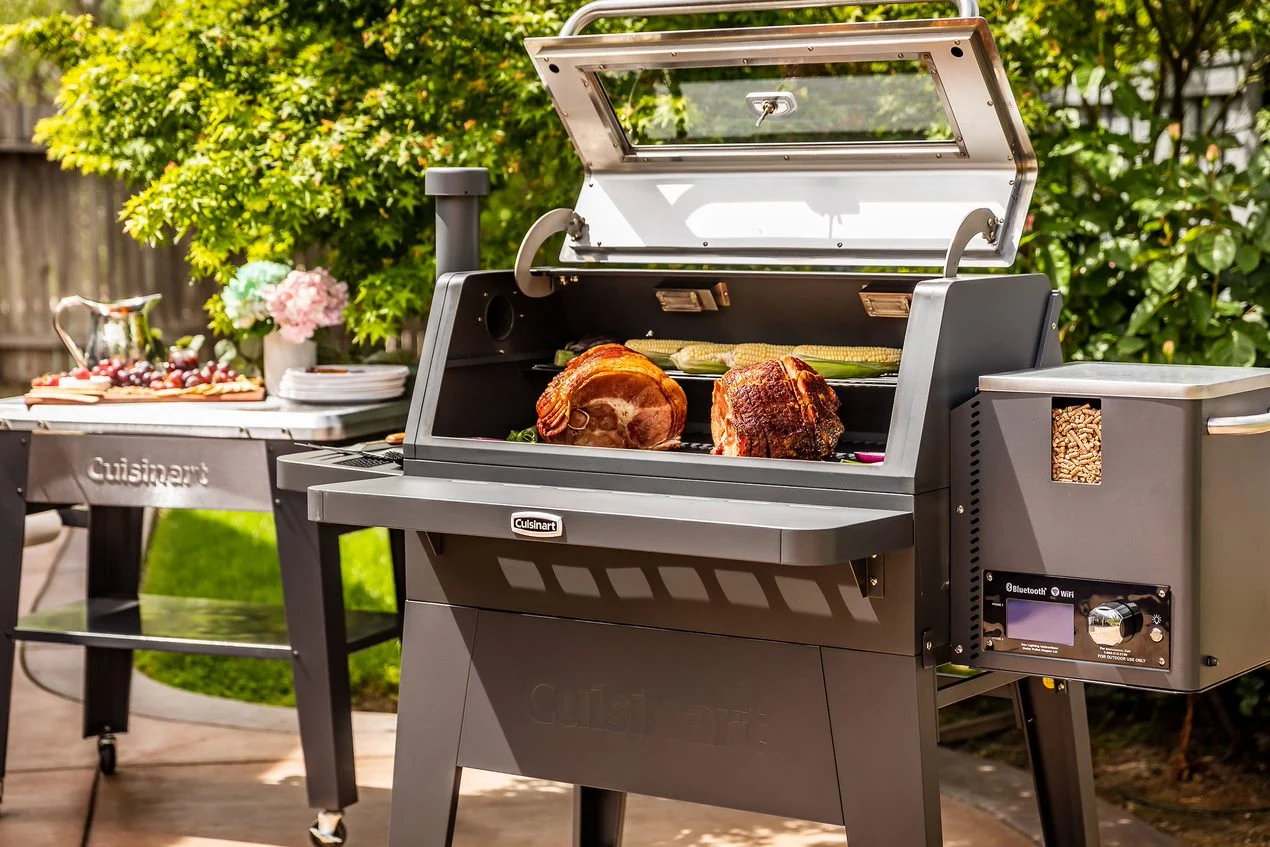
How do pellet grills work?
Here’s how pellet grills cook food:
The pellets go through a heating chamber where they are heated to 2,200 degrees Fahrenheit.
Once the pellets are hot, you drop them onto the cooking surface, which then becomes the grill.
The pellets start to burn, releasing smoke and creating steam.
The food sits atop the cooking surface and is cooked indirectly using the heat of the pellets.
Because pellet grills are not designed to produce any flames or sparks, they don’t create fire pits. To ensure safety, look for pellet grills that have automatic shutoff systems that limit the temperature inside the unit when they reach maximum capacity.
Also, never leave your pellet grill unattended when it’s on. Pellet grills can become very hot, so make sure you follow the manufacturer’s instructions when putting your grill away.
Types of pellet grills
There are several different brands of pellet grills available today, with prices ranging from $400 to nearly $1,500, depending on the size and features chosen. Here are the main types of pellet grills available today:
Basic pellet grills
These are the cheapest grills available. They usually feature cast iron or stainless steel grill grates, and they cost around $300-$500.
Portable pellet grills
These grills are designed to be easily transported. They usually weigh somewhere between 100 and 130 pounds, and feature wheels attached to the back of the device. These grills are perfect for tailgating parties or camping trips.
Freestanding pellet grills
These grills are similar to portable models except they stand upright. They usually weigh anywhere between 150 and 250 pounds, and they feature wheels attached to the bottom.
Gas pellet grills
With gas pellet grills, you still get the benefits of pellet grilling without the hassle of managing pellets. Instead, you simply fill up a propane tank and attach the hose to the grill. The propane burns inside of a tube that runs from the tank to the grill.
Gas pellet grills are great for those who want to add a little bit of flare to their backyard barbecues.


